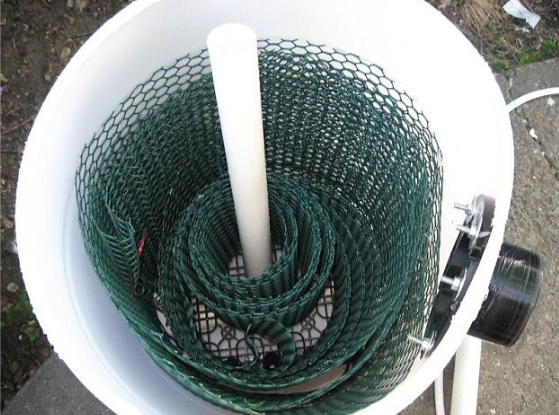A well- maintained pond can be the jewel of your theater — calm, inviting, and full of life. still, keeping a pond clean and healthy requires harmonious care and the right tools.However, this companion will help you understand how to transfigure a murky, algae- filled pond into a clear and thriving submarine terrain, If you are searching for expert tips and results for cleanser ponds.
From managing organic debris to choosing the right pollutants and shops, cleanser ponds are n’t just a dream — they’re entirely attainable with a strategic approach.
Why Pond Cleanliness Matters
A clean pond is about further than aesthetics. Cleanser ponds support healthy submarine life, reduce foul odors, and help mosquito parentage. Poor water quality can lead to oxygen reduction, fish illness, and the rapid-fire spread of algae and sludge buildup.
Achieving a cleaner pond ensures
Healthier fish and submarine shops
Stable water chemistry
Smaller pests and algae blooms
More overall ecosystem balance
Top Causes of Dirty Ponds
Before you can clean your pond, it’s essential to identify what is making it dirty
redundant organic matter like leaves, fish waste, and uneaten food
Algae overgrowth caused by too important sun and nutrients
shy filtration or poor rotation
Decaying factory material
Runoff from theater diseases or field chemicals
Understanding these sources is crucial to designing a targeted remittal and conservation plan.
Effective Ways to Achieve Cleaner Ponds
1. Use a High- Quality Pond Filter System
Installing an effective sludge is the foundation of cleanser ponds. Mechanical pollutants remove solids while natural pollutants break down dangerous ammonia and nitrites using salutary bacteria. For large or koi- filled ponds, barrel pollutants or pressure pollutants work stylish to handle heavy waste loads.
Look for pollutants from trusted brands like Evolution Aqua, Oase, or Burtons Aquatics that offer high- capacity, low- conservation filtration.
2. Regular Pond Skimming and Vacuuming
Remove leaves, outgrowths, and debris from the face using a pond ladle net or automatic face ladle. For sludge on the pond bottom, a pond vacuum is a must-have. This eliminates erected- up waste that shadows water and contributes to nutrient load.
3. Control Algae Growth Naturally
Algae thrive in sun and nutrient-rich water. To reduce algae
Add floating shops like water lilies or hyacinths for shade
Install a UV purifier to kill free- floating algae
Limit feeding to avoid redundant waste
Use barley straw excerpt or pond-safe algaecides
Cleanser ponds are always the result of balanced sun, oxygen situations, and limited nutrient exposure.
4. Maintain a Healthy Fish Population
Overstocking your pond with fish can snappily overwhelm your filtration system. Stick to recommended fish viscosity guidelines( e.g., 1 inch of fish per 10 gallons of water), and feed only what your fish can consume in a many twinkles to reduce organic waste buildup.
5. Introduce salutary Bacteria
Natural pond treatments containing salutary bacteria help break down organic waste, sludge, and ammonia, all of which contribute to dirty water. These products are safe for fish, shops, and wildlife and are pivotal for keeping the pond’s natural filtration system active.
6. Schedule Seasonal Cleanouts
Spring and afterlife are ideal times for deep cleaning. Remove 25 – 50 of the water, clear debris, clean your sludge, neat submarine shops, and check outfit. These way insure your pond stays clean through the axes of summer heat or downtime dormancy.
Cleaner Ponds Start with thickness
Cleanliness is n’t a one- time fix it’s a routine. By investing in proper filtration, covering your fish cargo, and rehearsing regular conservation, your pond will stay healthy and beautiful time- round.
With a strategic cleaning plan and the right tools, achieving a cleaner pond is easy, sustainable, and satisfying.




